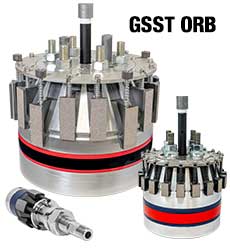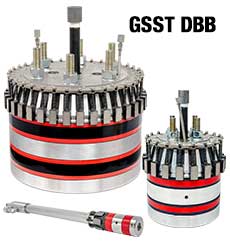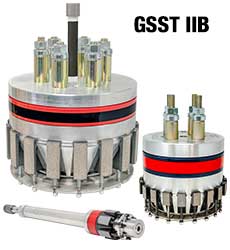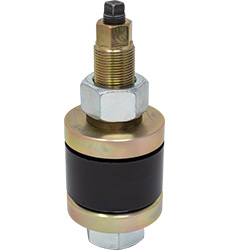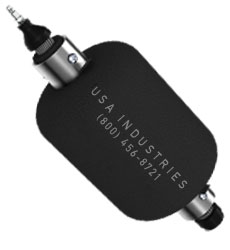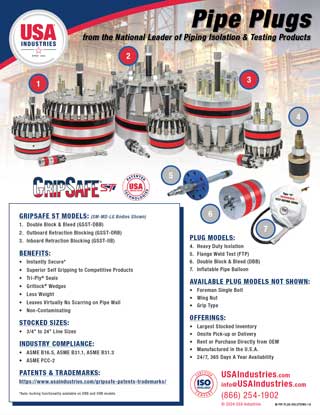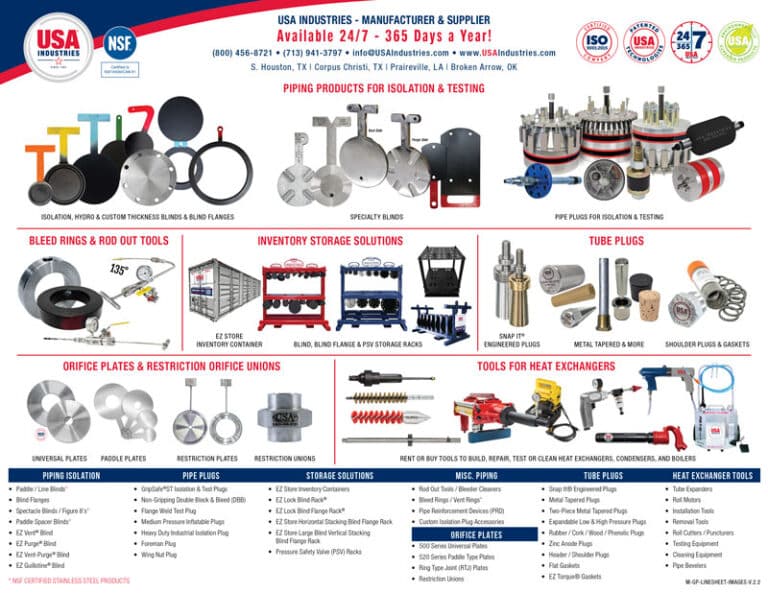Hydrostatic Test & Isolation Plugs for Pressure Testing Pipe
Engineered Isolation and hydrostatic test plugs ensure the integrity and safety of piping systems
Customer Testimonial
"GripSafe plugs have been valuable assets on the LNGC site. The quick and easy installation, use, and removal of the plugs have made testing plain end pipe simple. The Lifting Device makes rigging of the larger plugs into position fast, convenient, and safe. The design of the grippers leave little to no marks inside the pipe. Torque values and plug info on the front plate makes plug identification and double-checking for the right plug usage easy. Overall, the GripSafe plugs are an excellent product."
T. Read / Hydro Foreman,
S. Daigle | Large Global EPC Company
KEY BENEFITS FOR USING ISOLATION AND TESTING PIPE PLUGS
We manufacture and carry various hydrostatic mechanical pipe plug designs, among others. While pipe plugs may serve different purposes depending on the operator's application, they are classified as pipe fittings due to their function within piping systems.
Hydrostatic testing is a crucial quality assurance measure, especially during pipeline construction, maintenance, or repairs, ensuring compliance with industry standards and regulations while enhancing safety and reliability.
- Safeguard Your Workers.
- Preserve Your Capital Assets.
- Minimize Plant Downtime with USA Industries' gripping and mechanical pipe plugs. These plugs simplify the pressure testing and isolation process by removing the need for time-consuming welding or cutting of piping end caps.
ISOLATION PLUGS
Isolation Plugs are used to isolate specific sections of pipelines or vessels during maintenance, repairs, or modifications. These expansion plugs, are inserted into a pipeline to create a temporary seal, effectively blocking the flow of fluids or gases through the isolated section. By isolating portions of the pipeline, operators can conduct maintenance activities without the need to shut down the entire system, thereby minimizing downtime and operational disruptions.
HYDROSTATIC TEST PLUGS
Hydrostatic Test Plugs are used for pressure testing pipelines, valves, and other pressure-containing components to verify their structural integrity and leak-tightness. These plugs are inserted into the pipeline and pressurized with water or another suitable test medium to simulate operating conditions. By subjecting the system to hydraulic pressure, operators can detect any leaks, weaknesses, or defects in the pipeline or its components.
A Critical Reminder: Conducting pressure testing poses significant hazards, demanding strict adherence to safety protocols. Ensure all connections, valves, flanges, and fittings are suitable for pressure testing. Verify the compatibility of line ID & Plug Range. Most importantly, never position yourself in front of a test plug or enclosure during testing. Discharge from a plug during testing could result in severe injury or fatality.
Failure to adhere to the complete installation procedures outlined in our operating manuals may lead to personnel injury and equipment damage.



